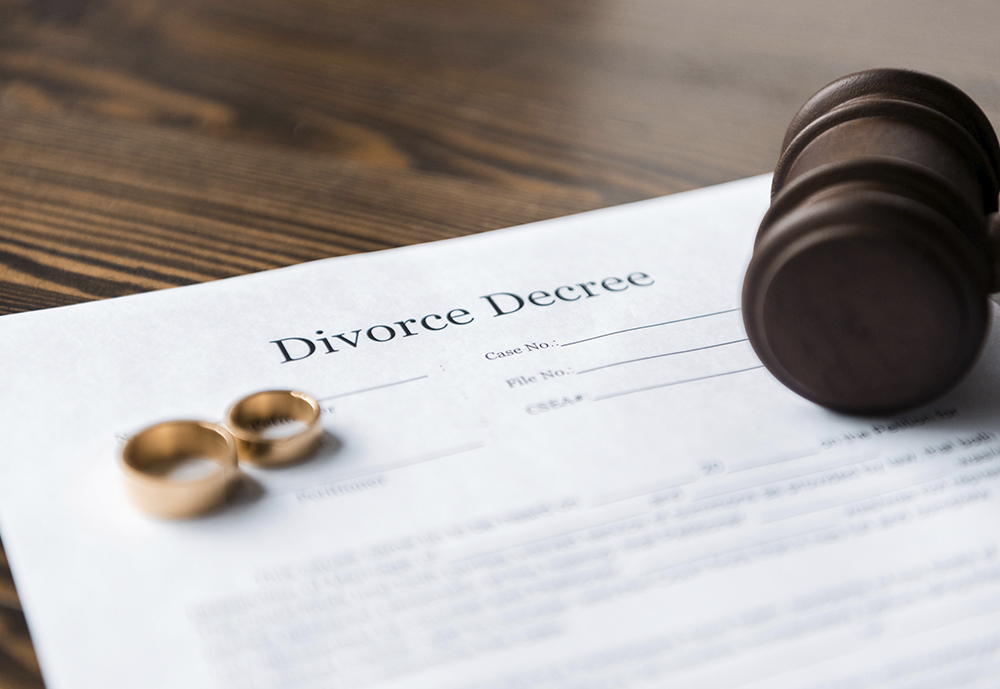Main systems
The matrimonial economic regime has a different regulation according to each member country of the European Union. The consequences can be seen when this link ceases, in cases of divorce or death of one of the spouses, and the marital property must be analyzed, when it comes to mixed partners. Within this diversity, we can highlight the examples that can be used to show the contrasts.
Thus, in the case of Great Britain, at first there is a regime that is common for England and Wales, and a different one for Scotland.
The first ones ignore of the existence of a specific economic regime for marriage. This union does not necessarily create the existence of a heritage that is common to the spouses. It is understood, therefore, that the property is held by the owner of the asset in question, either one of them or both
The terrible unfair consequences that this situation may cause when the divorce occurs, in the case of having all the assets acquired during the marriage under the ownership of only one of the couple, can be corrected by leaving the English system in the hands of the Family Judge – 1973 Law- the determination of the scope of the liquidation of the so-called “economic effects”, in order to indicate the origin and amount of the pension, establish, where appropriate, trusts, or directly assign assets from one spouse to the other and a wide range of measures patrimonial, being always the priority objective the interest of the children.
Thus, it is the Judges who are in charge of weighing the needs that arise as a result of the marital separation, on the determination of the possible compensation between the couple for the disadvantages created by the rupture of the marriage relationship and, therefore, to decide on the final distribution of the assets.
But Scottish law has a legal regulation. Basically, it prevents that, on the basis of the free separation of assets, there are reciprocal rights among the consorts in favor of the one who does not own the property, both during coexistence (right of room, for example, in the house of which the other is the owner) and at the time of interruption. Either by separation or by death of one of them, with the legal presumption of belonging in half all the assets acquired during the marriage. In case of not reaching an agreement in the liquidation, the Judge can impose a distribution that is fair, although not equal.

In the case of the German Federal Republic, its ordinance basically responds to the notion of the free separation of property, with each spouse being the sole owner of what listed in his name. However, the novelty of recognizing a right to participate for each spouse in the gains obtained by the other is introduced, at the time of liquidating the patrimonial consequences of the marriage link, in the case of divorce or death.
This participation in the profits of the foreign patrimony is achieved by the mechanism of establishing as a base of the initial patrimony those that each partner possessed at the time of contracting marriage, or subsequently acquired through donations or private inheritances, to which all the assets acquired in her/his name during the marriage are added. The gain is established by the difference between the initial and the last patrimony, giving a figure for each partner. The who has a higher amount, must pay to the other the half of the difference between both. In this way, the aim is to balance the economic benefits that life has reported in common between them. In this way, the aim is to balance the economic benefits that life has reported to them in their common life.
This mechanism for compensation of German law is complemented by the possibility of agreeing at any time a regime of absolute separation of property, with the possibility of liquidating, in force the marriage, the common regime, as well as the existence of a series of prohibitions to arrange for the spouse who owns the estate in order to prevent the marriage from being found without the necessary economic support.
The Spanish system maintains several formulas according to the territory. Thus, in Cataluña and the Comunidad Valenciana, in the absence of capitulations or agreements established between the spouses, the regime of free separation of assets is produced, so that the owner of the same holds the property. Likewise, there is a proper civil right in this matter in País Vasco, Baleares, Galicia, Aragón, Navarra, and some territories of Extremadura (Fuero de Baylío).
With the exception of these own regimes and in the absence of agreements between the consorts, the common subsidiary regime in the rest of the Spanish territory, is that of the society of property, residual common law imposed with coding, to communicate ownership of assets and benefits acquired by only one of the spouses, with the sonly exception of those received by inheritance or donation on a private basis, to constitute a single heritage, which is distributed in half at the time of settlement by death or divorce.
The force of communication of the assets by legal imperative, with the consequence of the real subrogation of both spouses in their ownership, has produced a unproductive discussion regarding the legal nature of the matrimonial property. Over time, the Germanist thesis of defending that it is a collectivist property will have won, by common hand, and of mere intellectual quotas on the part of each spouse, but without belonging to any of them until the liquidation and consequent adjudication of their half.
From the eighties, the legal reforms introduced have affirmed the corporate nature of this matrimonial heritage, such as “civil society, without legal personality”, By understanding that the communication between each other of the assets acquired by each consort constant marriage is merely “functional” for its affection to the social end. A community compatible with individual entitlements.
Combining the existence of individualized ownership with social communication is not difficult, if it is understood that it is not a basic or proprietary ownership, or even a fiduciary ownership. It is really an instrumental ownership that covers a shared right, with a subjective point of reference that is the society of property and through which the communication is published. And, unlike secret societies, in the property company the ownership is transparent, to avoid possible abuses of fiduciary ownership, because the titular spouse cannot effectively dispose of the asset that appears in his/her name without the other’s consent and the acquirer will not be protected, as the law publishes the scope of ownership (arts. 1384 and 1385 of the civil Code); nor can the private creditor of the holder pursue as private the assets placed in his/her name, because he/she must know that this ownership covers or protects a well-communicated asset attached to the company of property.
Definitely, from the contractual conception as a singular civil society, the typical principles of this institution can be easily appreciated, such as: assets communication (art. 1.344 cC), the management community (art. 1375 cC), the risk community alike (arts. 1328 y 1691,1) and enough profit motive, to qualify this society as “universal civil society of profits”, which purpose is whose purpose is the distribution of these when dissolved, either by the will of the spouses, or by the divorce of the marriage or because of the death of one of the spouses. Society regulated in the Civil Code in arts. 1344 to 1410.
Finally, the French system is currently in an intermediate stage between the German profit-sharing regime, and the most common Spanish of the society of profits, adopting as guiding principles to determine the applicable law the criteria of 1978 Hague Convention, March 4 and on the basis of the freedom of pacts of the spouses to determine at any time the regime and liquidation of the marital property. Although the spouses can never exclude the application of the “primary” regime, which is applied by the mere fact of the marriage regulated in the articles 212 and ss. of the French civil Code, in relation to contributing to lift the burdens of marriage (art. 214) or the obligation to maintain a conjugal home, without dismantling it (art. 215).
Thus article 1387 establishes the principle of freedom of the spouses with respect to the regulation of their marital relations. Spouses may opt for a conventional community –arts. 1497 y ss-, a universal community, according to which all assets and debts are shared (art. 1526), separation of assets (arts. 1536 y ss) or profit sharing regime (arts. 1569 y ss). Regimes that, in case of divorce or death of one of the spouses, will be settled by their specific rules, although in the latter case, that the surviving spouse is also heir of the deceased will be taken into account.
Regarding the administration and disposal of real estate, in the case of being governed by the profit society, it may be managed or transmitted by one, with the consent of the other, or without that will when obtaining a judicial authorization. It may also happen that the opposition arises in defense of the conservation of goods.




